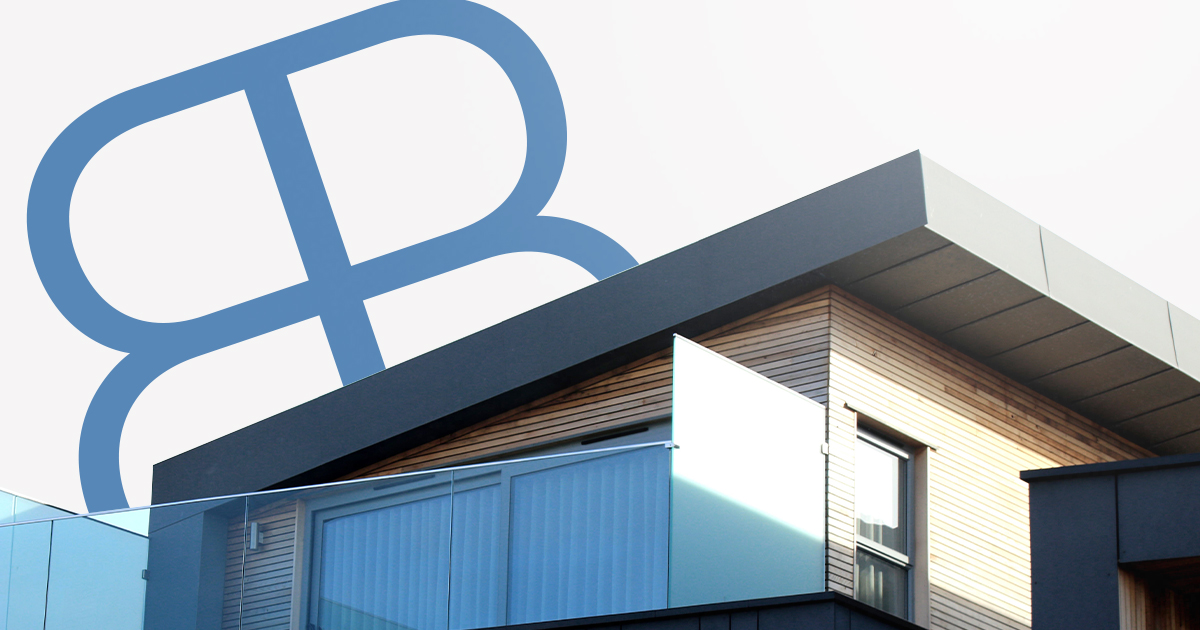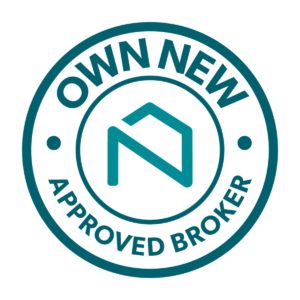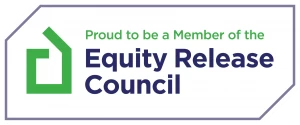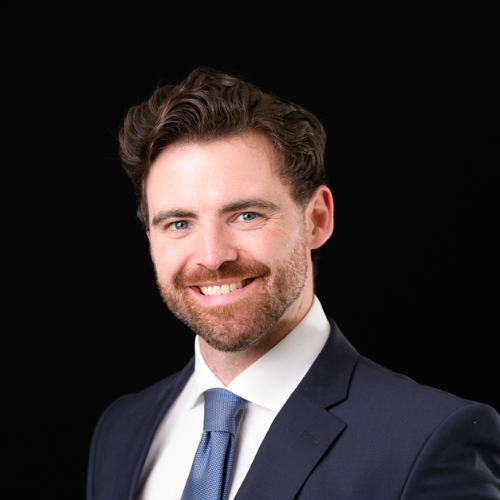Everything You Need to Know About Stamp Duty – 2025 Guide

If you are looking to purchase a property, one cost that is often overlooked is stamp duty. If you’re not in the know, stamp duty can catch you out – especially if you have not budgeted correctly for the stamp duty payment.
This guide explains everything you need to know about Stamp Duty Land Tax (SDLT), from how it is calculated, how you pay it, and when you need to pay it. Let’s jump in.
What is Stamp Duty?
Stamp Duty is a tax charged by the government when you purchase a property. It is not charged if you sell a property. Depending on your circumstances, Capital Gains Tax (CGT) may apply when disposing of a property.
Stamp Duty is charged on most property purchases including freehold and leasehold purchases. There are exemptions and you may find you have no stamp duty liability at all.
What Our Clients Have To Say
Who Has to Pay Stamp Duty?
The type of tax you pay will differ depending on the location of the property you are purchasing.
In England and Northern Ireland, you will be liable for Stamp Duty Land Tax.
In Wales, the tax is called the Land Transaction Tax for any properties bought after April 2018.
In Scotland, you pay a Land and Buildings Tax which is calculated and processed in a different way. This is because the property buying process and legislation around buying property is completely different in Scotland.
For this article, we will be looking specifically at Stamp Duty Land Tax (SDLT) charged in England and Northern Ireland. If the property that you are buying is valued under a certain threshold, you will not need to pay Stamp Duty.
| Type of Purchase | Threshold |
|---|---|
| Residential Property | £125,000 |
| First Time Buyers | £300,000 (with additional requirements – see below) |
| Non-Residential Land or Property | £150,000 |
Do First Time Buyers Pay Stamp Duty?
If the property value is under £300,000, a first-time buyer will not need to pay stamp duty.
If the property is valued over £300,000 but less than £500,000, a first-time buyer will pay Stamp Duty for the value over the £300,000 threshold. For example:
- 0% on the first £300,000 = £0.00
- 5% on the remaining £200,000 = £10,000
- Total SDLT = £10,000
With the average property price in the UK falling under the £300,000 threshold, most first-time buyers will not be liable for stamp duty.
Free consultations are available in the UK.
Get Started NowThe Changes to Stamp Duty Tax from April 2025
Since April 2025, the Stamp Duty thresholds have changed.
All updates can be found on the official government website, but to help, we have provided an overview of what is set to change below to make sure that you are up-to-date with the April changes. The main updates include:
- The standard SDLT threshold will reduce from £250,000 to £125,000.
- The first-time buyer threshold will be reduced from £425,000 to £300,000.
- First-time buyers purchasing a property over £500,000 will no longer qualify for first-time buyer relief and will have to pay the standard SDLT rates.
All of these changes are reductions to the previous thresholds, and so naturally these changes have resulted in an overall increase to the amount of people who will be required to pay Stamp Duty.
How Much is Stamp Duty?
The Stamp Duty Rates have changed twice over the last twelve months. Below we have outlined the latest rates.
| Property or Lease Value | Stamp Duty Land Tax |
|---|---|
| Up to £125,000 | 0% |
| The next £125,000 (the portion from £125,001 to £250,000) | 2% |
| The next £675,000 (the portion from £250,001 to £925,000) | 5% |
| The next £575,000 (the portion from £925,001 to £1.5 million) | 10% |
| The remaining amount (the portion above £1.5 million) | 12% |
Initially this may seem like a simple tax to calculate, but it isn’t straightforward. For example, if you buy a property valued at £1.25 million your tax is calculated as follows:
- For the first £125,000 = No tax
- The value between £125,000 and £250,000 = 2% (£2,500)
- The value between £250,000 and £925,000 = 5% (£33,750)
- The remaining £400,000 = 10% (£32,500)
In this example your total tax liability would be = £68,750.
Additional Stamp Duty rates apply if you are buying additional property such as a second home.
Stamp Duty Land Tax on Non-Residential and Mixed-Use Properties
It is important to note that SDLT is applied at different rates depending on the property type and use – commercial, non-residential, and mixed-use properties will have different rates than residential purchases. These include:
- Commercial properties
- Agricultural land.
- Land and properties that are not wholly residential.
The current SDLT threshold for non-residential and mixed-use properties is £150,000, with rates varying based on the purchase price.
When Do You Pay Stamp Duty?
You are required to pay Stamp Duty if you:
- Buy a freehold or leasehold property for £125,000 or more
- Buy a property in a shared ownership scheme
- Receive land or property if money is exchanged
When Do You Not Pay Stamp Duty?
You are not required to pay Stamp Duty if you:
- Are gifted land or property with no exchange of money (although Inheritance Tax rules would apply).
- If you qualify for an exemption such as being under a threshold or a first-time buyer under the increased threshold.
- Charities purchasing property – for charitable purposes – may qualify for SDLT relief.
Discover the best Mortgages with our expert fee-free advice
Get In TouchHow Do You Pay Stamp Duty?
When you purchase a property, your conveyancer will calculate your Stamp Duty liability and it will be invoiced to you. Funds for stamp duty will ordinarily be billed to you after completion by your conveyancer.
Normally, you will not need to administer the Stamp Duty yourself. Instead, it is part of a conveyancer’s responsibilities.
In unusual cases where you don’t employ a solicitor to oversee the transaction you will need to calculate and arrange a direct payment to HMRC yourself. Your mortgage borrowing will not include the stamp duty liability. You will need to budget for the stamp duty separate to your mortgage and have it ready to send to your conveyancer upon request.
The funds must be paid within 14 days of completion. If you fail to pay the tax in time, HMRC will add late penalties and interest to the amount you owe. You should always check that your conveyancer is handling the Stamp Duty for you. There are solicitors who don’t take on the Stamp Duty responsibility and you will need to arrange payment of the tax yourself.
Boon Brokers is a UK-based Whole of Market Mortgage, Insurance and Equity Release Brokerage. Boon Brokers provides FREE, no obligation mortgage advice including any queries you may have about Stamp Duty.
Contact Boon Brokers today for a free consultation with one of our expert advisers.
Gerard BoonB.A. (Hons), CeMAP, CeRER
Gerard is a co-founder and partner of Boon Brokers. Having studied many areas of financial services at the University of Leeds, and following completion of his CeMAP and CeRER qualifications, Gerard has acquired a vast knowledge of the mortgage, insurance and equity release industry.Related Articles





